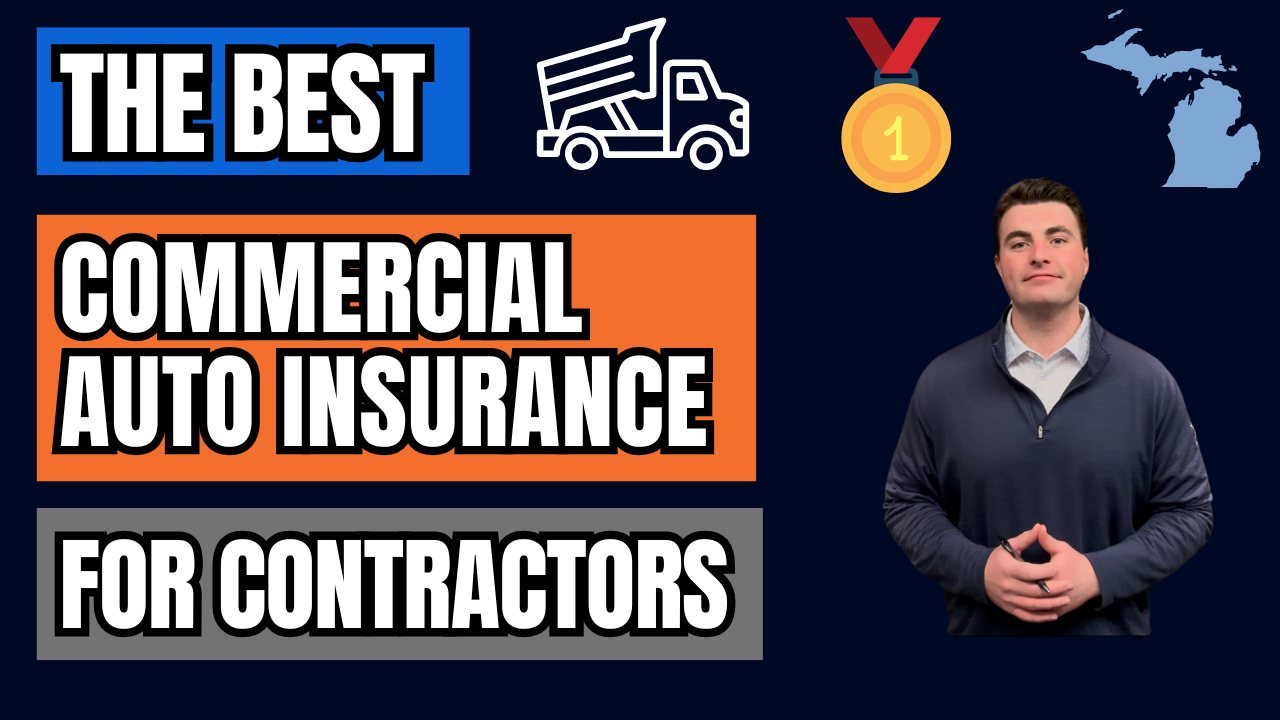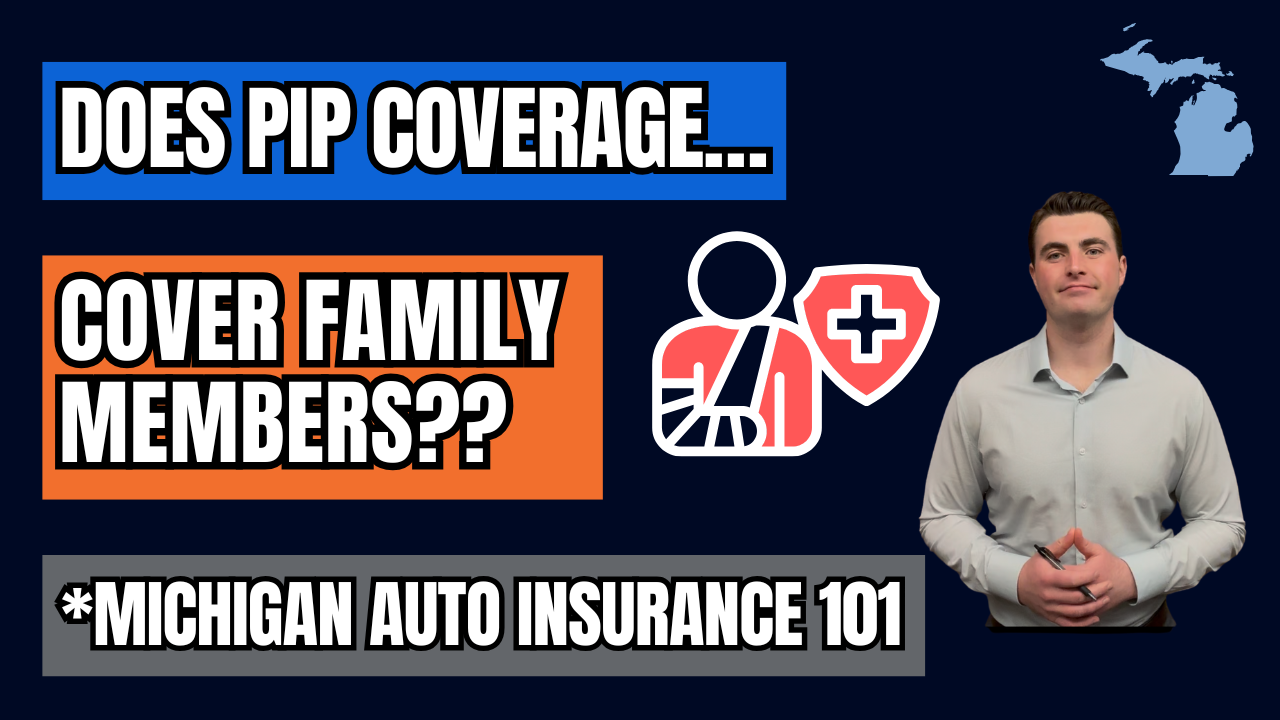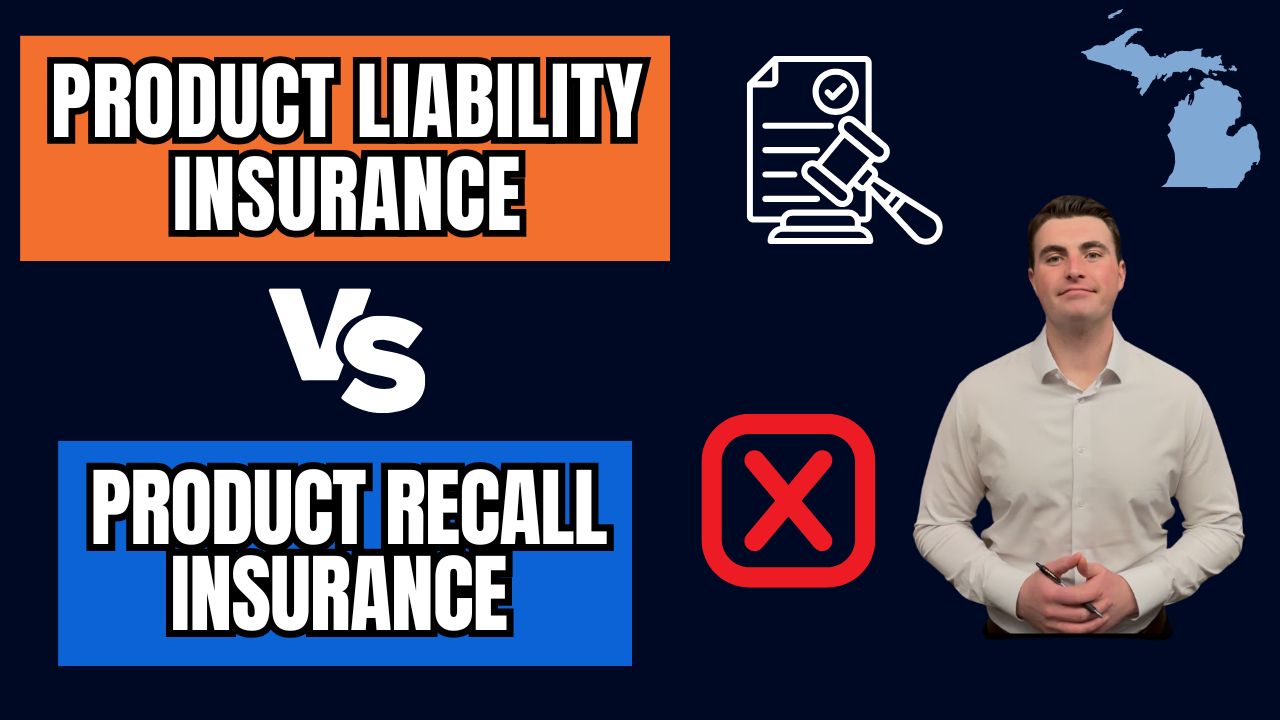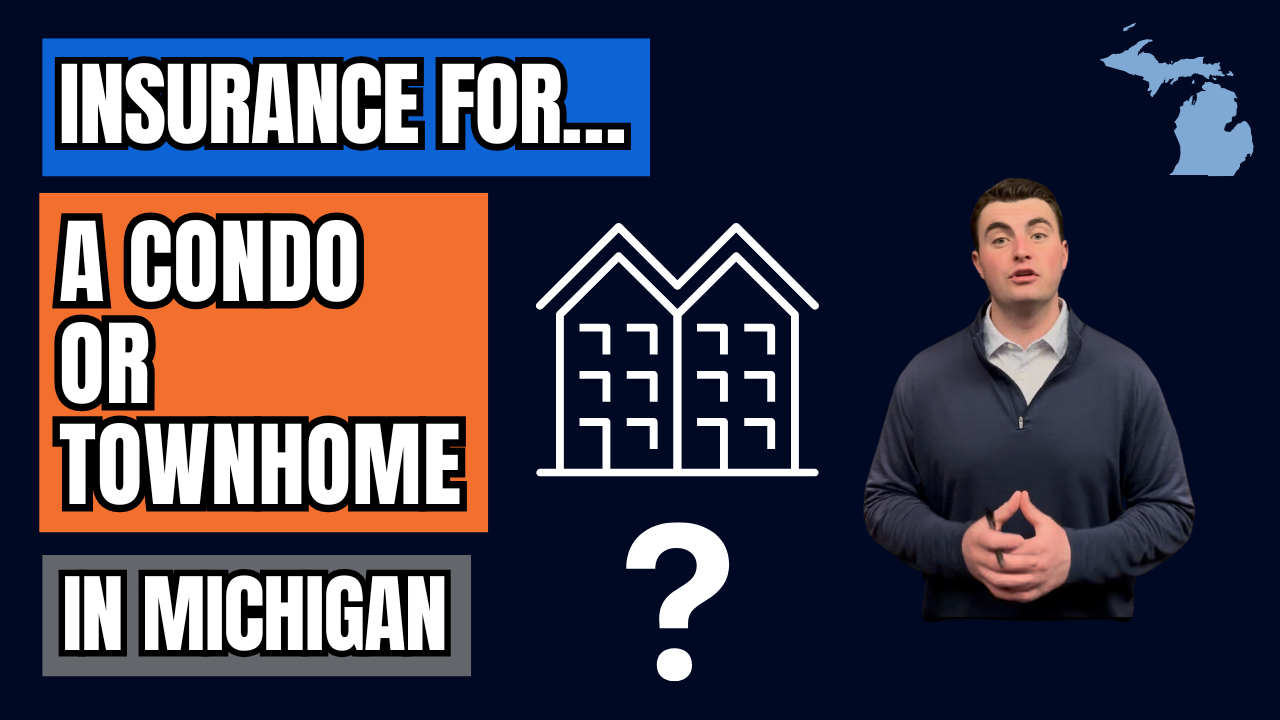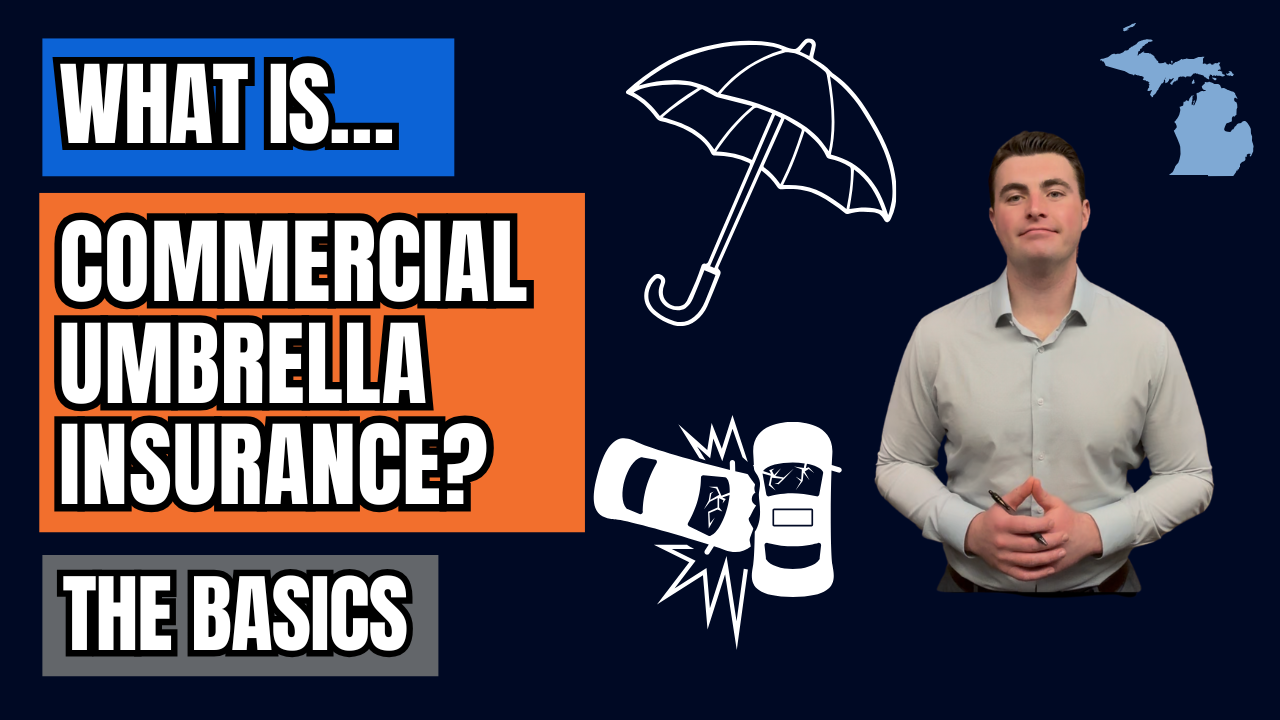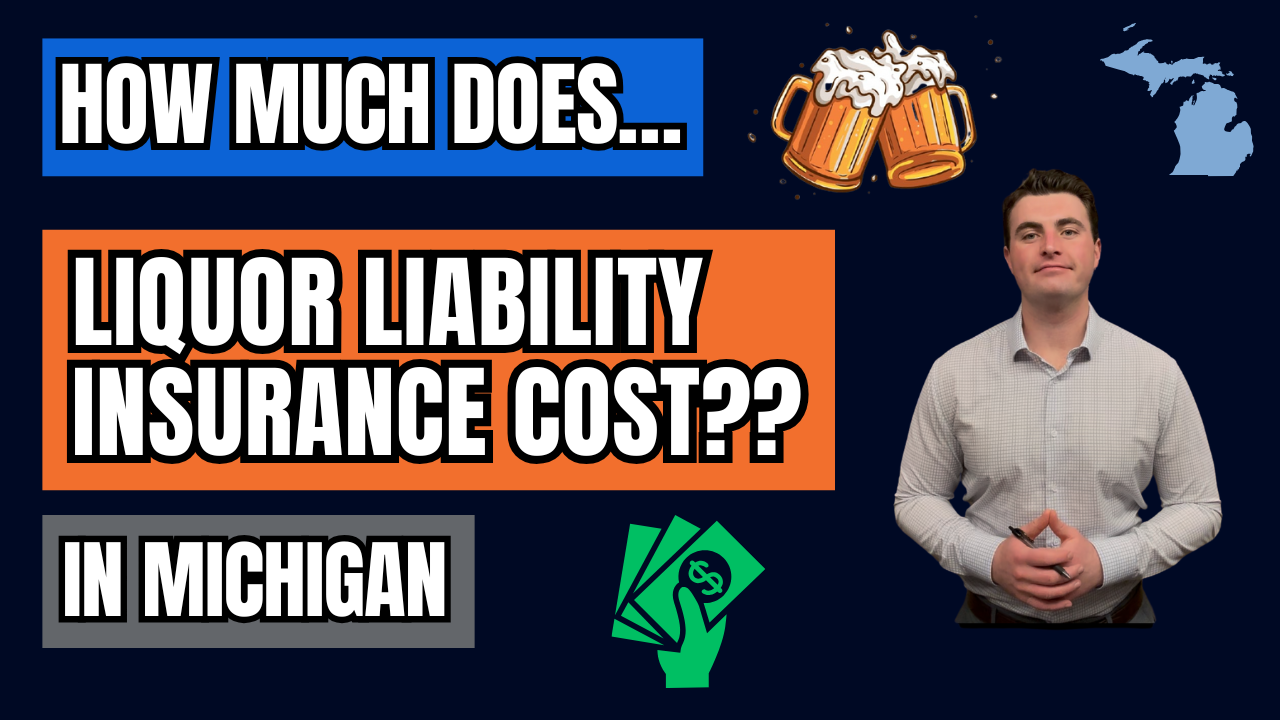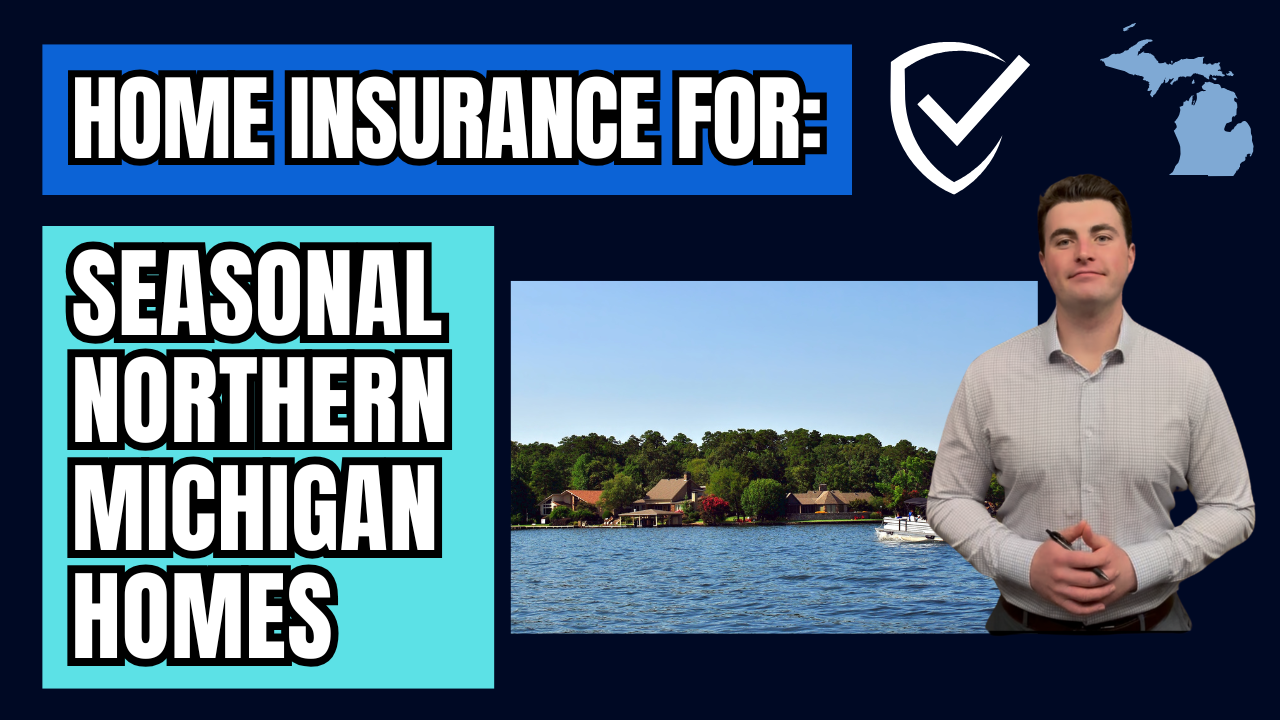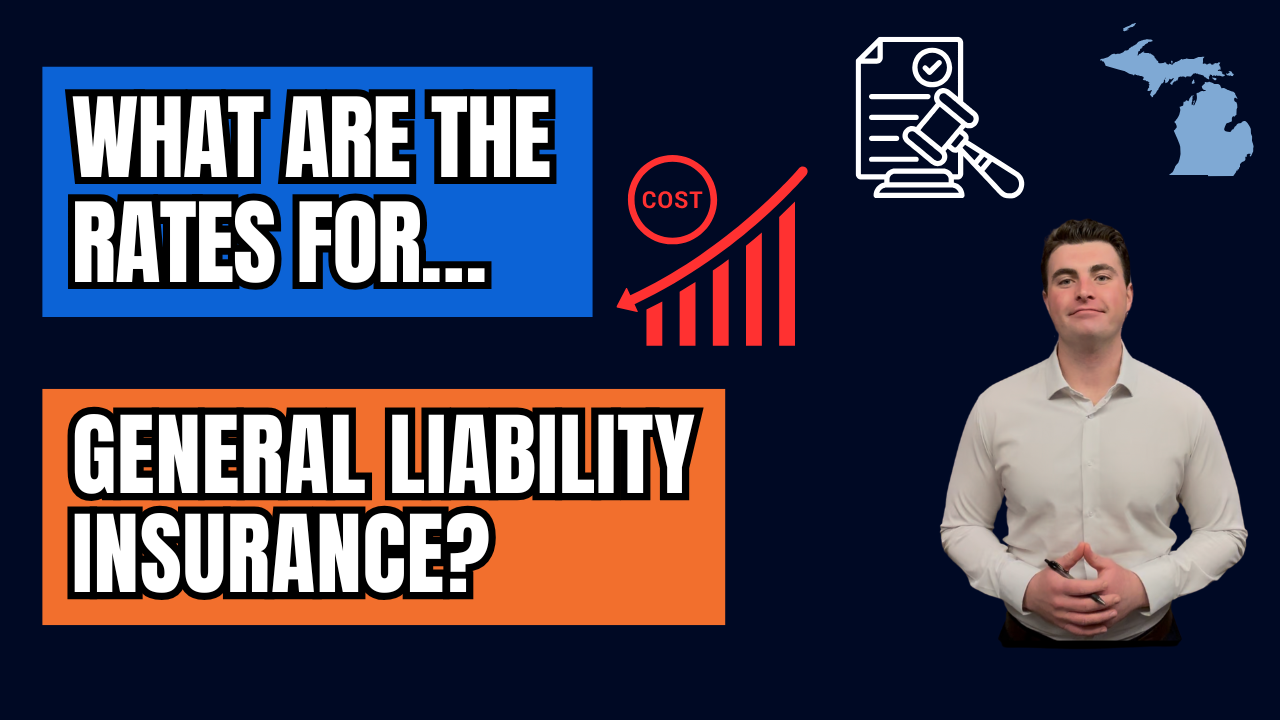Commercial Property Insurance: How Tenant Mix Impacts Your Insurance Premiums
Commercial Property Insurance: How Tenant Mix Impacts Your Insurance Premiums
When you own a commercial property—whether it’s a shopping center, strip mall, industrial building, or office space—your insurance costs don’t just depend on the size and value of the property. The types of tenants you rent to (your tenant mix) play a major role in how insurance companies calculate your premiums.
Why Tenant Mix Matters to Insurers
Insurance carriers evaluate risk before setting a premium. Different businesses come with very different risk profiles. For example:
- High-Risk Tenants: Restaurants bring higher fire risk due to open flames, cooking equipment, and grease buildup. Industrial tenants that work with chemicals or hazardous materials increase the chance of fire, explosion, or environmental contamination.
- Low-Risk Tenants: Standard offices, clothing stores, or retail businesses that sell non-hazardous goods typically present much lower risk.
Insurers price policies accordingly. The more high-risk tenants you have in your property, the more you can expect to pay.
Vacancies and Turnover Also Influence Premiums
It’s not only who your tenants are, but whether you have tenants at all. Vacant spaces are viewed as riskier because empty units can attract vandalism, break-ins, and property damage. High tenant turnover can also make insurers cautious, since frequent changes may mean inconsistent risk exposure.
Lease Agreements Can Help Transfer Risk
Most landlords require tenants to carry their own insurance—such as general liability or business property coverage. This protects both the tenant and the landlord. However, you’ll want to carefully review your leases and ensure you have coverage for any potential gaps, so you’re not left exposed if a tenant’s policy doesn’t respond to a claim.
High Foot Traffic and Crime Exposure
The nature of a tenant’s business can also affect liability and crime risk. For instance, tenants such as convenience stores, liquor stores, or businesses that draw high volumes of foot traffic can increase the likelihood of theft, vandalism, or customer injury. Insurers factor these into your premiums as well.
Key Takeaway for Property Owners
The tenant mix of your property isn’t just a leasing decision—it’s an insurance cost decision too. When evaluating new tenants, consider not only how they’ll fit into your property but also how they might impact your overall insurance expenses. A strategic approach to tenant selection can help you control risk, maintain stable premiums, and keep your property protected.
Contact Us
We will get back to you as soon as possible.
Please try again later.
